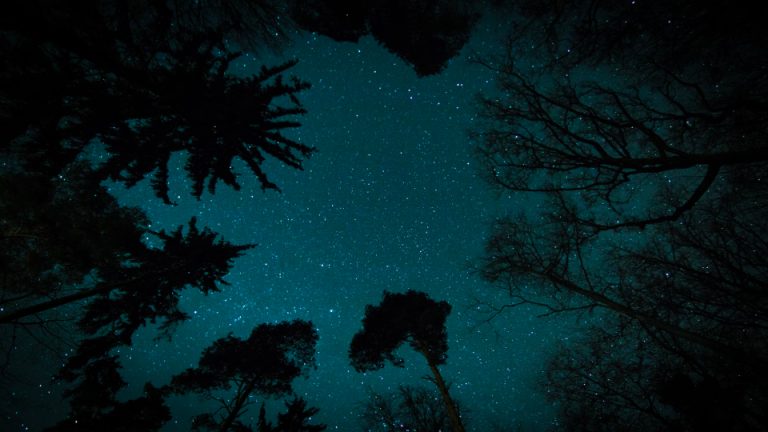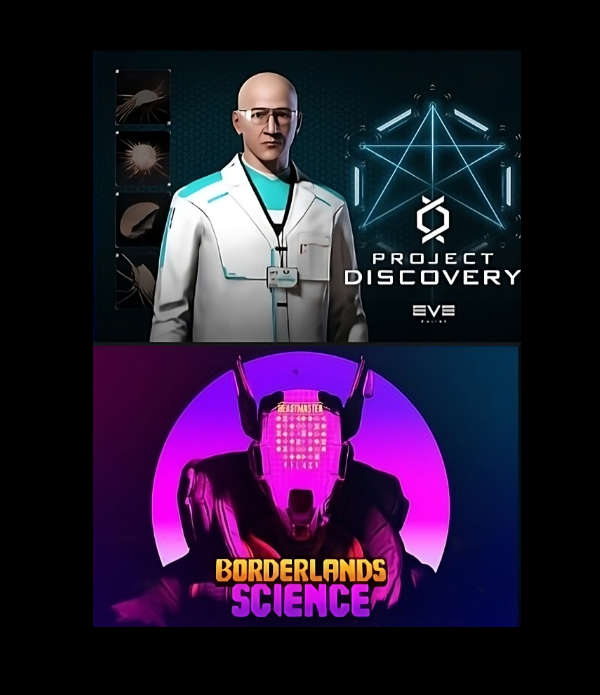
A look back (and a look ahead) on citizen science
If you are reading this blog, you have probably played Borderlands Science, which makes you an awesome person, but also a *citizen scientist*. Indeed, the idea of having gamers participate in science is not something that was introduced with Borderlands Science. However, it is a first step towards a new generation of citizen science projects. Let’s take a little step back before zooming back in on Borderlands.
What is citizen science?
Citizen science is the practice of involving non-scientists in scientific work. That can take many different aspects, from crowdsourcing (dividing a task between many people, typically via the internet) to bird counting. Participants can be enticed with money, an opportunity to learn, a chance to help science, or simply the promise of a fun time. Borderlands Science is part of this latter category, as a Science Discovery Game (SDG), a specific type of citizen science project that combines citizen science, scientific education and gaming.

The first citizen science projects
Citizen science is not a recent thing. Some early crowdsourcing projects include the British Nautic Almanac project in 1767, where freelance workers built astronomical tables, or the Audubon Society’s annual Christmas bird counting project which started in 1900 and is still going strong at 123 years old! (visit them here: https://www.audubon.org/conservation/join-christmas-bird-count)

The internet
As you can imagine, it was not easy for the British Navy or Audubon to reach people and get them to participate at the time. For the longest time, this was the biggest roadblock to this type of project. In that sense, the internet was a complete game changer, helping to connect scientists to participants, and participants to other participants. This was the first major paradigm change in the number of participants that could be reached in this type of project.
Crowd computing
The change of paradigm brought by the internet allowed for a new type of citizen science project: crowd computing. At the turn of the century, the main limiting factor for many computational projects, for tasks such as radio signal analysis or protein folding was computing power. Projects such as SETI@home (radio signal analysis) and folding@home (protein folding) innovated by asking online participants to lend them computing power from their personal computers. Participants would download a program and then assign specific amounts of computing power to the task. In folding@home, they were also able to control some parameters of the task they were volunteering for.
Learn more about SETI@home (https://setiathome.berkeley.edu/) and folding@home (https://foldingathome.org/)
The first massive crowdsourcing projects
Building on crowd computing, a new generation of crowdsourcing appeared in the late 2000s: direct crowdsourcing. Instead of simply asking people to volunteer computing power, they would now be asked to manually solve tasks that could help science!
In Stardust@home, starting in 2006, participants were asked to search images for tiny interstellar dust impacts. This was a task that computers struggled with at the time, and that information is important to understand the recycling process of particles in the universe, and eventually its genesis. Successful contributors were rewarded with the opportunity to name the particular dusts they would be the first to identify, and to appear as a co-author on eventual research paper.
Contribute to Stardust@home here: http://stardustathome.ssl.berkeley.edu/

Gamification and Science Discovery Games
While the incentives promised by Stardust@home contributed to making it a massive success, after a few years as the project grew to thousands of participants they were eventually unable to list them all as co-authors. Promising authorship is not something that can scale to projects aiming to reach hundreds of thousands of participants.
This is where the Foldit project took a new step, by incentivizing players by turning the task into a game. Foldit is an online puzzle video game released in 2008 where the puzzles played by participants correspond to protein folding tasks. It was a massive hit, reaching over 200,000 players and leading to the publication of over 10 scientific papers.
Play foldit here: https://fold.it/

Mobilizing millions of players
As of the mid-2010s, reaching a few hundred thousands of players was considered a massive success for a science discovery game. And understandably so! Because a scientific group publishing a game has no pre-established way of reaching potential players, limited ability to communicate about their game, and because games that solve a scientific problem, especially the early projects, can struggle to compete against games that are entirely designed to entertain the players.
This is where Borderlands Science comes in. By teaming up with Massively Multiplayer Online Science, Gearbox Software and 2K games, we (the scientific team) were able to ensure we made a game that would truly be fun, independently of the scientific task (so that the science part is a bonus and not a trade-off against the fun). Moreover, by inserting the game within a game as massive as Borderlands Science, we ensured that millions of players would learn about the game and get an opportunity to play.
And that is a new paradigm change in citizen science! Being able to reach millions of participants unlocks the potential to solve problems that would not have been possible just a few years ago, because the power of a citizen science project is directly correlated with its number of participants.




